By Varada Srivastava from India.
Featured photo by Pixabay.
Finding a way to manage time with a chronic illness is a complicated process. It can be frustrating to figure out the new normal when you are originally diagnosed. For people with chronic illness it can be very difficult to figure out what is physically and emotionally possible for us to do that day. There are a few theories that have come to help us cope with this.
Moreover it’s very important for people who don’t have a chronic illness to understand it.
Christine Miserando is a lupus advocate who is known for coming up with the spoon theory. According to her, the difference between being sick and being healthy is having to make choices or to consciously think about things the rest of the world doesn’t. The healthy have the luxury to live life without having to make constant choices which is something most people take for granted. People with chronic illness are given a certain amount of spoons whereas healthy people have an unlimited supply. In her story, she gave her friend 12 spoons to get through the day. Each spoon represents the amount of energy we have for a certain task. For people with chronic illness, each task is also divided into smaller tasks.
For example: wearing clothes in the morning requires a series of decisions in which we have to keep our illness in the front of our mind. If you are getting blood drawn that day, you need to make sure to not wear long sleeves; if you feel the onset of body ache, you need to wear warmer clothes. These micro calculations take up the majority of our mental space. Do I take my medicine before or after lunch? Should I just wear a summer dress to relieve the pressure on my stomach? Are my hands too sore to handle buttons? I can't do many tasks if I take pain medicine. These are only a few of the many questions we tackle everyday. Each task requires a game plan. This constant mental gymnastics is incredibly tiring.
Emmeline Olsen wrote another article for IBD New Today which focused on the pitfalls of following the spoon theory. The spoon theory is based on the loss people with chronic illness face. But according to Emmeline, having a chronic illness piles stuff onto our original to do list. She gave the analogy of a filled bucket, healthy people can fill their bucket as much or as little as they want. Having a chronic illness is like filling the bucket with stones, each time you do a task which is exclusive to people with chronic illness, a stone is added to the bucket. Having a flare is compared to having a bucket filled to the rim. The worse the disease gets, the heavier the bucket is, the more chance it has of overflowing.
Having read both these theories, I think I tend to follow a mixture of both. Right now, I'm in remission, I am able to carry a heavier bucket. Doing daily tasks is comparatively easier and the stones in my bucket are less. However during a flare when I don't have enough energy to get out of bed the thought of lugging a bucket around seems exhausting. The amount of tasks seems overwhelming. That's when I like to follow the spoon theory. It helps in breaking down everyday tasks into smaller, more manageable activities.
Dealing with a chronic illness is very subjective, while some things work for one person they might not work for others. The goal is to find what works best for you, mostly through trial and error. And while going through this process it is very important to remember to be kind and patient with yourself.














